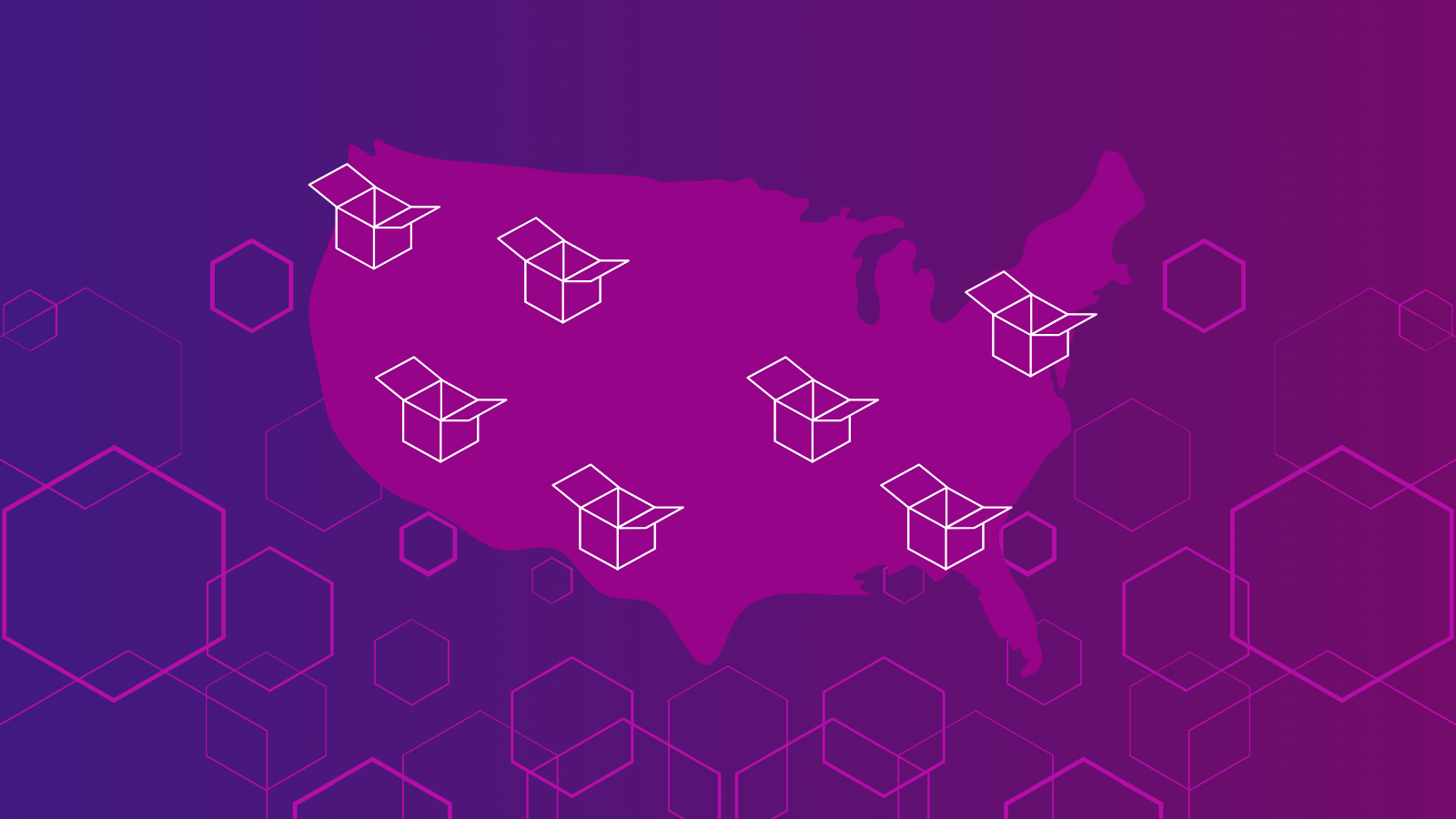As artificial intelligence (AI) rapidly reshapes economies and societies, regulators and innovators alike face a challenge: how to test bold new technologies without putting people or markets at risk. One tool gaining momentum in the United States is the sandbox, a controlled environment where emerging technologies can be tested under supervision, with rules that are flexible but not absent. Sandboxes allow experimentation while preserving trust, helping decision-makers learn what works (and what doesn’t) before changes are rolled out at scale.
This article takes a look at how AI sandboxes have emerged in the United States as tools to support AI adoption, test regulatory approaches and drive innovation.It highlights examples from state governments, universities, industry partnerships, and international collaborations, while reflecting on their scope, governance structures, and strategic objectives.
From Fintech to AI: States Leading the Way
A variety of US states have set-up and developed regulatory sandboxes to test and facilitate technology adoption. Finance dominates US sandbox experiences, but some states are beginning to expand into AI-specific applications.
Finance-First Sandboxes
- Pennsylvania’s Senate Bill 245 launched a Regulatory Sandbox Program to enable temporary demonstrations of innovative financial services offerings under relaxed regulatory conditions. The initiative is designed to reduce barriers to entry while maintaining safeguards for consumers.
AI Policy Sandboxes
- Texas enacted the Responsible AI Governance Act (TRAIGA) in 2025, creating a regulatory sandbox program administered by the Department of Information Resources (DIR) that is designed to support the testing and development of AI systems under relaxed regulatory constraints.
- Delaware created the Delaware AI Sandbox, when Governor Matt Meyer signed a joint resolution establishing a supervised environment for testing and deploying artificial intelligence technologies. The program focuses on high-impact sectors including corporate governance, biotechnology, healthcare, chemicals, and finance.
- Utah, under the Artificial Intelligence Policy Act, established both a regulatory sandbox program and the Office of Artificial Intelligence Policy. One of its first priorities has been to evaluate the role of AI-driven mental health chatbots in licensed medical practice, with its initial agreement supporting a student-focused chatbot.
Operational Sandboxes: Testing Grounds for Innovation
Operational sandboxes are emerging as powerful engines of innovation in universities and the private sector. They allow researchers and companies to experiment with advanced AI tools and sensitive datasets in controlled settings, lowering risks while accelerating discovery and deployment. For universities, this means students and faculty can access technologies that would otherwise be out of reach; for businesses, it provides a safe way to pilot solutions before scaling them to market.
As the Datasphere Initiative’s Sandboxes for Data report notes, operational sandboxes are distinct from regulatory ones. Rather than adapting rules for innovation, they provide secure technical environments where datasets and tools can be accessed for controlled experimentation. This focus on data handling and technical feasibility makes operational sandboxes a critical complement to regulatory approaches, bridging innovation with accountability.
In the United States, several high-profile initiatives highlight how operational sandboxes are being applied in practice, from federal agencies partnering with industry to universities opening their own AI testing environments.
- MITRE – Federal AI Sandbox announced in 2024 a partnership with NVIDIA to provide a secure environment for federal agencies to experiment with and deploy advanced AI solutions. It aims to accelerate AI R&D for government applications, including training large language models, enhancing military command and control, securing infrastructure, and combating fraud.
- Harvard University Information Technology (HUIT) AI sandbox gives staff and students access to the latest LLMs (OpenAI GPT-4o as default, Anthropic’s Claude, Google Gemini, Meta’s Llama), image generation (DALL·E 3), advanced data analysis and visualization, multi-file uploads across sessions, improved chat history, and speech-to-text/text-to-speech features. This provides an interesting example of how universities can use sandboxes to test and explore access to different types of AI technologies and data sets.
AI Sandboxes in U.S. Policy and International Cooperation
The US is arguably seeing AI sandboxes as encouraging broader adoption of AI in industries for enhanced competitiveness. Reference to sandboxes have also been appearing in AI policy frameworks and international collaborations.
- The Bipartisan House Task Force on Artificial Intelligence recommended in 2024 to “[c]onsider the merits of regulatory “sandboxes” that could allow regulators to experiment with AI applications”.
- America’s AI Action Plan described sandboxes as “[s]paces where researchers, startups, and established enterprises can rapidly deploy and test AI tools and opportunities to open sharing of data and results of AI experimentation”.
- Upcoming legislation from Sen. Ted Cruz (R-Texas) proposes a federal AI sandbox program, overseen by the White House Office of Science and Technology Policy.
- The U.S. SEC and U.K. FCA are exploring a cross-border regulatory sandbox to harmonize crypto regulations and reduce jurisdictional friction for innovators.
Why the U.S. Sandbox Movement Matters
At the Datasphere Initiative, we see this as a critical moment to connect U.S. sandbox efforts with global conversations. By creating safe spaces for experimentation, the U.S. is beginning to bridge the gaps between fast-moving AI development and slower-moving policy cycles or AI adoption. Whether these efforts succeed will depend on design, transparency, and collaboration across sectors and stakeholders.
Explore, Learn, and Get Involved
- Aware of other US AI sandboxes that you would like to showcase as part of the Global Sandboxes Forum? Contact [email protected]
- Interested in reading more about AI sandboxes how they work and how to design them in practice? Read our AI Sandboxes Report here
- Interested in learning how to design your own sandbox? Sign-up for our 2026 Sandbox Summer Summer School here
- Interested in joining the Global Sandboxes Forum? Here the Datasphere Initiative brings together policymakers, companies, academia and civil society interested in sharing sandbox expertise, experience and resources. Read more about our latest event here: https://www.thedatasphere.org/datasphere-events/gsf-insights-session-sandboxes-assessment-framework/





